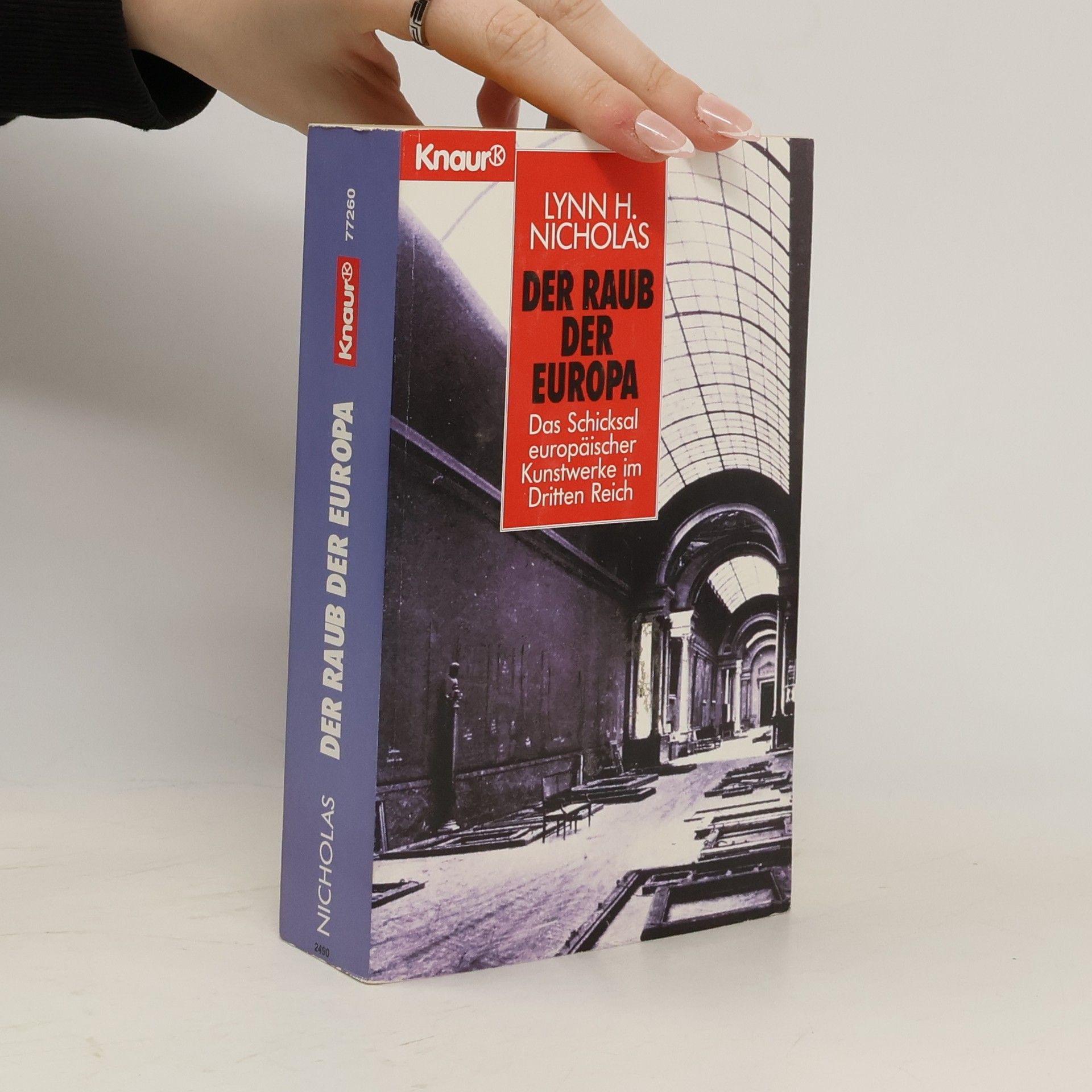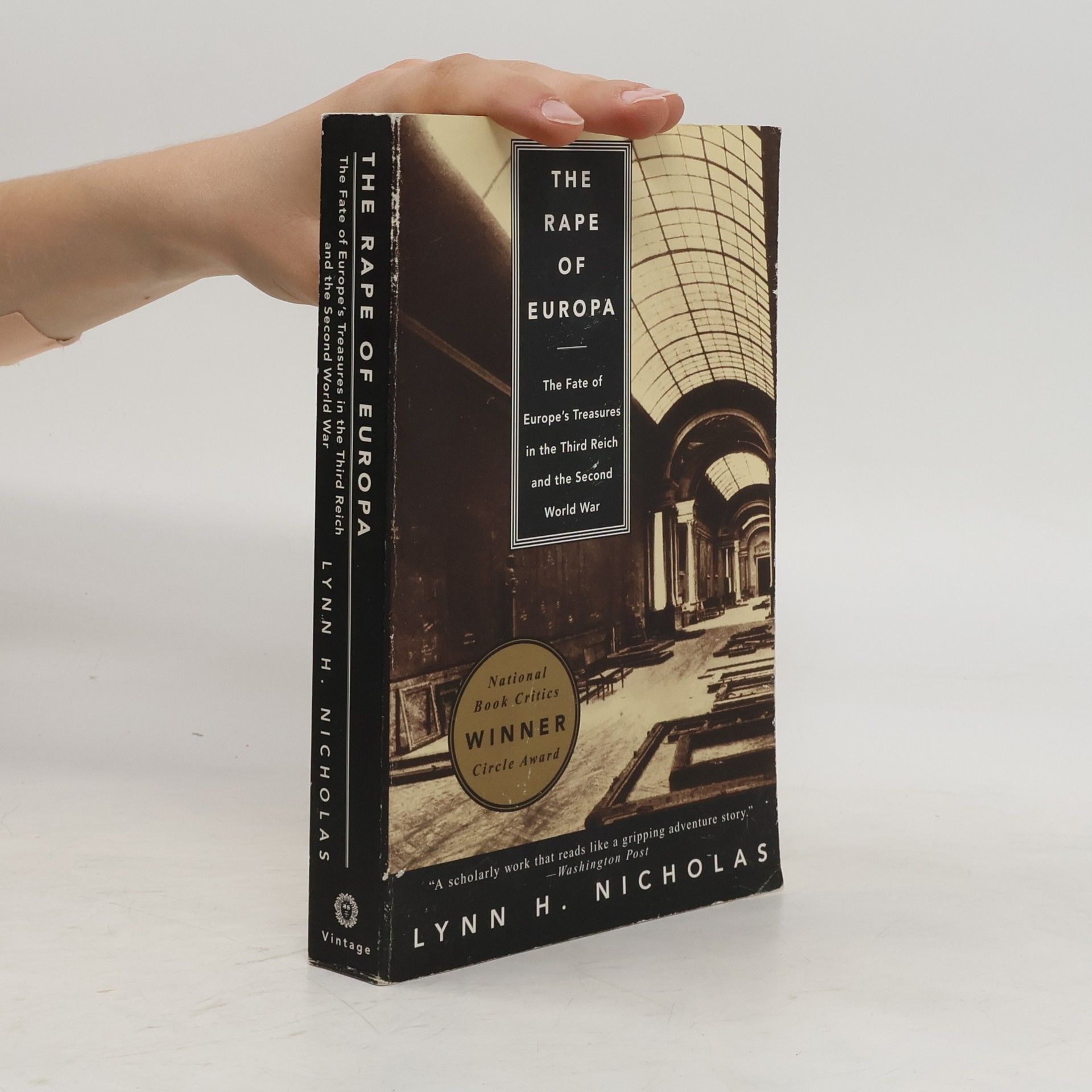The Rape of Europa
- 512pages
- 18 heures de lecture
The treasures of Quedlinburg . . . the Trojan gold . . . the Amber Room. These fabled objects are only the tiny summit of an immense mountain of artifacts - artistic, religious, historic - that were sold, confiscated, stolen, dismembered, defaced, destroyed, or buried as Europe succumbed first to the greed and fury of the Nazis and then to the ravages of war. Now, in a riveting account brimming with tales of courage and sacrifice, of venality and beastliness, Lynn H. Nicholas meticulously reconstructs the full story of this act of cultural rape and its aftermath. In doing so, she offers a new perspective on the history of the Third Reich and of World War II. From the day Hitler came to power, art was a matter of highest priority to the Reich. He and other Nazis (especially Hermann Goering) were ravenous collectors, stopping at nothing to acquire paintings and sculpture, as well as coins, books, tapestries, jewels, furniture - everything. Their insatiable appetite (feared by the museum directors who sent their collections into hiding as war loomed) whipped the international art market into a frenzy of often sleazy dealing. When the German occupation of Poland, France, the Low Countries, and finally Italy began, a colossal wave of organized and casual pillage stripped entire countries of their heritage as works of art were subjected to confiscation, wanton destruction, concealment in damp mines, and perilous transport across combat zones. Meanwhile, in Washington and London curators and scholars campaigned energetically to convince President Franklin Roosevelt, Prime Minister Winston Churchill, and, most importantly, General Dwight Eisenhower to add the protection of art and edifices tothe Allied invasion agenda. The landings in Italy and France, and the ultimate victory of the Allies, brought a dedicated corps of Monuments officers to the ravaged continent. On the front lines or immediately behind, they shored up bombed churches, cleaned the vandalized buildi


